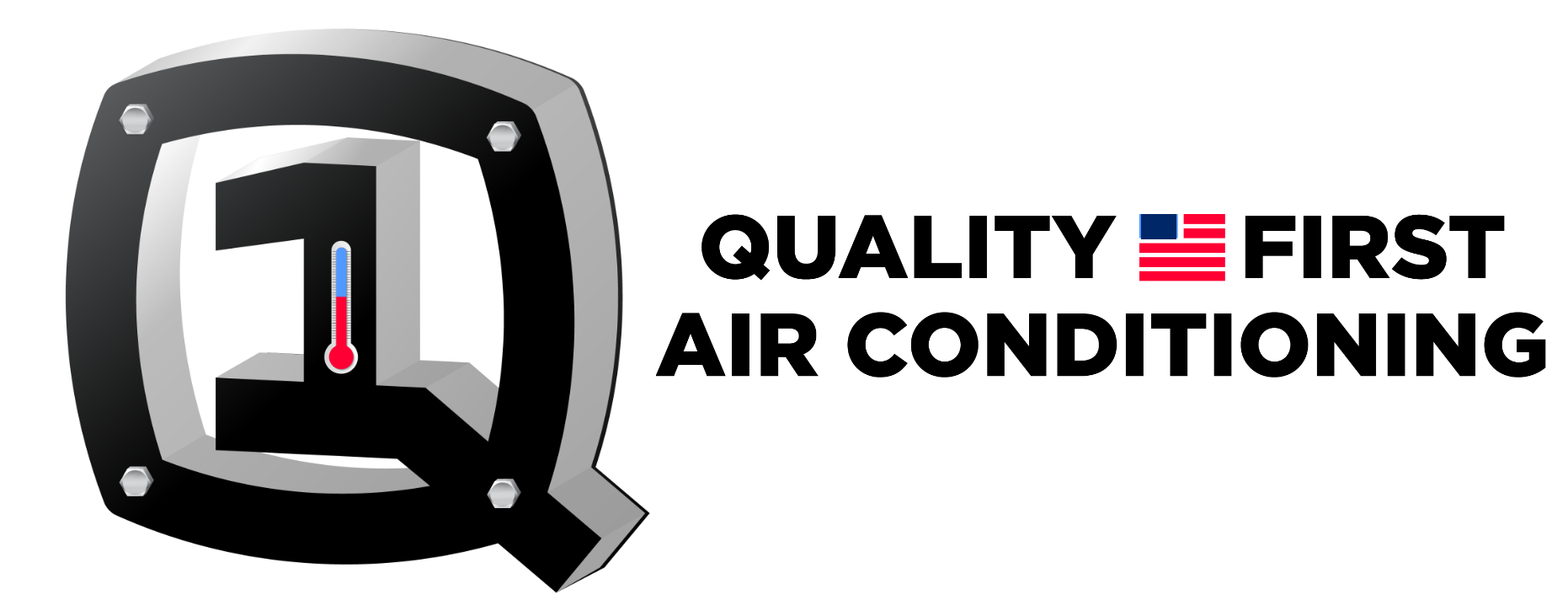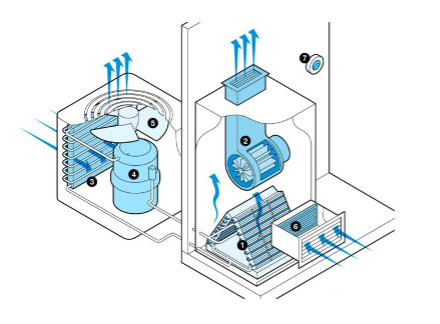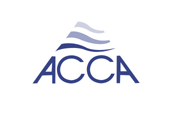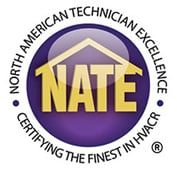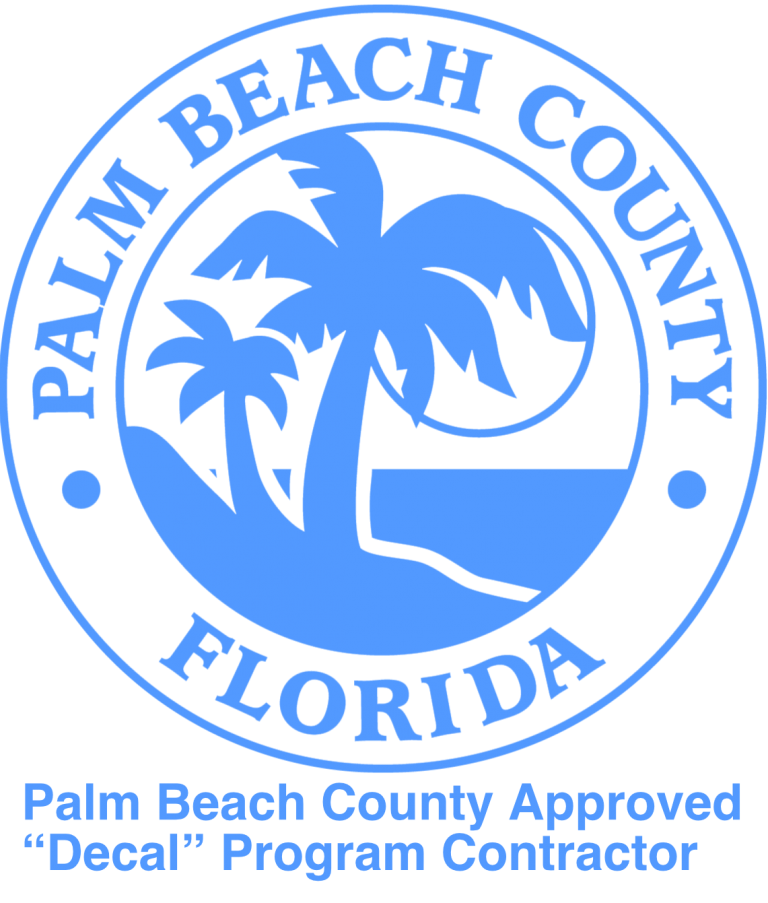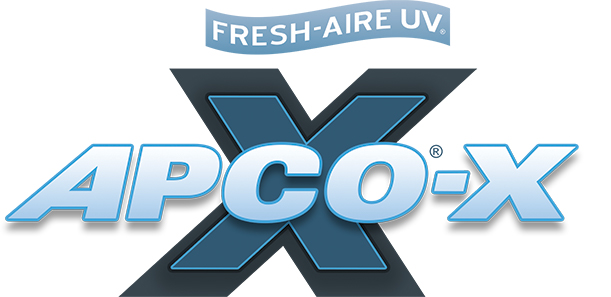Summer’s Coming – A/C System Basics 101 and Pesky Drain Lines! | Boca Raton Air Conditioning Repair
With the South Florida summer weather just around the corner, we though it may be helpful to provide a quick overview on A/C system basics as well as background on what is commonly a cause of frustration for many homeowners – continued issues with water leaks due to A/C drain line issues.
A/C Functional Overview
The cool, crisp, and fresh air that blows through your residence comes from modernized air conditioning systems that transfer heat from inside the building to the outside. With split A/C systems or ductless Mini-Split ductless systems, this cold air is made by continuous circulation of refrigerant chemicals from the indoor Air Handler Unit to the outdoor Condenser Unit. This cooling process absorbs heat from the inside and emits heat to the outside. As the circulated refrigerant changes form to a liquid, the heat is expelled, and the cooling process continues to cycle. During this heat to cool process, indoor dehumidification also takes place. By the way, this process was first invented by Willis Carrier in 1902!
A/C System Basics 101 – How it Works
Please refer to the diagram below for a breakdown of the main components of a split A/C system:
- Evaporator Coil – cooling coil removes heat and humidity from the air using refrigerant.
- Blower – a fan or blower circulates air over the cold evaporator coil, dispersing chilled air.
- Condenser Coil – hot coils release collected heat into the outside air.
- Compressor – pumps and circulates refrigerant between the evaporator and the condenser.
- Condenser Fan – blows air over the condenser to drive away the heat outside.
- Return Air and Air Filter – pulls air into the system to be cooled and distributed. Filter ensures the return air is free of particulates to keep internal components clean and remove particles from air.
- Thermostat – controls and regulates the desired temperature and other functions of the system.
The diagram above shows the Condenser Unit/CU on the left side and the Air Handler Unit/AHU adjacent on the right side. In the real world, the CU and the AHU are separated by varying distances, sometimes quite far apart, with the CU located outdoors and the AHU located indoors. The CU and AHU are connected by copper lines (referred to as the copper line set) and the refrigerant circulates through this copper line set.

Operational issues with any of the seven parts listed, or with a leak or kink in the copper line set, result in an A/C system that is not working properly. Other common root causes of issues are electrical issues (power surges, breakers tripping, faulty wiring, etc.) and drain line issues.
It’s also important to point out that A/C systems are closed systems, meaning that the refrigerant level should remain consistent and should not decline over time. Consequently, if your A/C system requires additional refrigerant, there is an operational issue somewhere causing the leakage. Even if the leakage is slight, this will evolve into a more significant issue over time.
Those Pesky Drain Lines
During standard and proper operation, A/C systems emit water. Newer A/C systems emit more water than older A/C systems do, and more water is produced by systems during the hotter months due to increased load on the system and thus increased operational cycles of use.
A/C drain lines are the white PVC pipes that you see coming out of the exterior of your residence. These drain lines are considered part of the structure of your residence, and they were installed when the property was constructed. So, it’s not uncommon for these drain lines to be 20, 30, 40, even 50+ years old!
Over time, dirt, debris, and calcified algae can build up inside your drain lines. This constricts the passageway of the drain line and causes blockages for the water that needs to be released out of the drain line, outside. When water backs up due to drain line blockages, to steer clear of interior water leaks, most A/C systems have a float switch component that stops the A/C system from operating when water backs up. Not good for the system to turn off, especially in the hot summer months (this often makes homeowners think their thermostat is broken as it may go blank).
Other challenges can be found with drain lines that have settled over time and no longer have the right “pitch” meaning the ability to emit water and flow properly. Additionally, it’s not uncommon for condos and multi-family dwellings to have shared drain lines across residences, which creates another set of potential challenges with proper drainage.
A/C Drain Line Issues – What Can I Do?
Due to a variety of factors, some residences unfortunately just have difficult drain lines to deal with. Look to establish a Preventative A/C Maintenance (PM) service with a licensed A/C company. This service includes the clearing, priming, and testing of drain lines, as well as a checklist of other preventative measures for the ongoing health of your A/C systems.
If your drain lines need to be cleared more than every 90 days, there is an underlying issue that needs to be addressed. There are special acid flush processes available that can remove stubborn blockages. Other solutions for pervasive drain line issues are to have them redesigned and altered, adding a condensate pump to help with the flow of water, or, have completely new drain lines installed.
